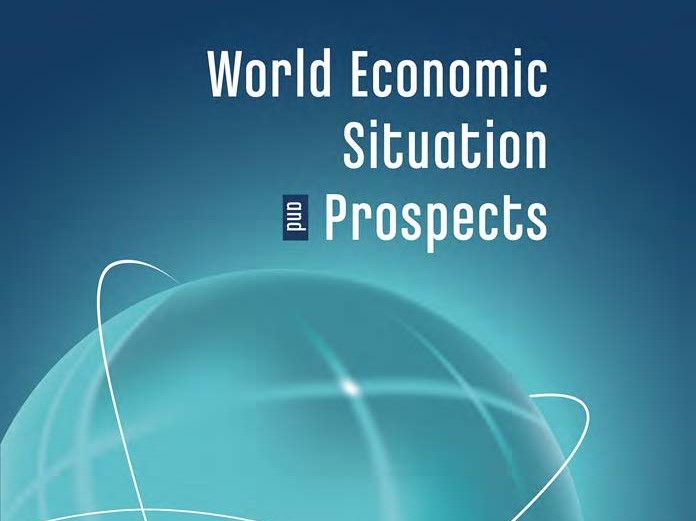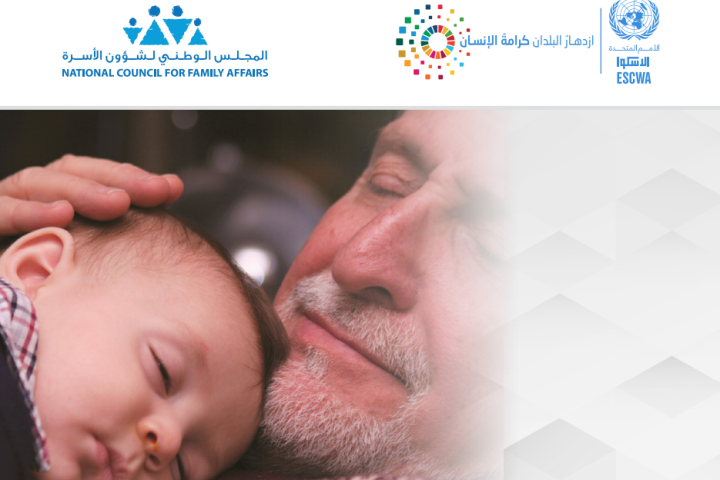However, uneven recovery points to further polarization in the region
Beirut, 17 January – In Western Asia a strong recovery is projected to continue in 2022, especially in oil-exporting countries, given the expected increase in crude oil production, according to the United Nations World Economic Situation and Prospects (WESP) 2022, which was launched today.
The global economic recovery is facing significant headwinds amid new waves of COVID-19 infections, persistent labour market challenges, lingering supply-chain challenges and rising inflationary pressures. After expanding by 5.5 per cent in 2021, the global output is projected to grow by only 4.0 per cent in 2022 and 3.5 per cent in 2023.
With the highly transmissible Omicron variant of COVID-19 unleashing new waves of infections, the human and economic toll of the pandemic are projected to increase again. “Without a coordinated and sustained global approach to contain COVID-19 that includes universal access to vaccines, the pandemic will continue to pose the greatest risk to an inclusive and sustainable recovery of the world economy,” noted Liu Zhenmin, Under-Secretary-General of the United Nations Department of Economic and Social Affairs.
Growth prospects in Western Asia
The region’s GDP grew by an estimated 4.7 per cent in 2021 after contracting by 3.4 per cent in 2020. Economic recovery has been mainly led by growth in domestic demand. With the relaxation of pandemic control measures and progress on vaccination, economic activities quickly rebounded in most economies in the region in the second half of 2021.
However, estimated GDP growth in 2021 was modest in major crude oil producers, namely the member countries of the Gulf Cooperation Council (GCC): Bahrain, Kuwait, Oman, Qatar, Saudi Arabia and the United Arab Emirates. Strong recovery in energy prices contributed to overall improved economic sentiment but production coordination under the Organization of Petroleum Export Countries (OPEC) meant that crude oil production in the GCC countries likely increased only slightly from 2020. In real terms, the oil sector’s contribution to GDP growth is estimated as extremely modest relative to the contribution from the rapidly recovering non-oil sector.
Despite resilience, Jordan experienced a slow recovery due to the stagnation of service exports, namely tourism, in 2020. The economic situation in Lebanon further deteriorated against a deepening financial crisis. Ongoing armed conflict has hampered economic recovery in the Syrian Arab Republic and Yemen.
The region’s economy is projected to grow by 4.8 per cent in 2022. The expected phase-out of the OPEC-Plus crude production cuts in 2022 will allow oil-exporting countries to increase crude oil production towards pre-pandemic levels. The resumption of international tourism will support further recovery. Recovery remains fragile, however, in non-oil exporting middle- and low-income countries. The uneven recovery points to further polarization in the region.
Risks and policy challenges
Geopolitical tensions and high unemployment continue to pose significant downside risks for the growth outlook of the region. Prolonged conflict in the State of Palestine, Syria and Yemen largely explains uneven recovery in the region, especially where the economic situation was dire even before the pandemic. High unemployment rates remain among the region’s most important socioeconomic challenges. Likely fiscal consolidation – mainly to rein in rapidly growing levels of public debt – will further erode job creation in the region.
For more information, please visit: https://www.bit.ly/wespreport
Media contacts:
Sharon Birch
UN Department of Global Communications
Helen Rosengren
UN Department of Economic and Social Affairs rosengrenh@un.org




